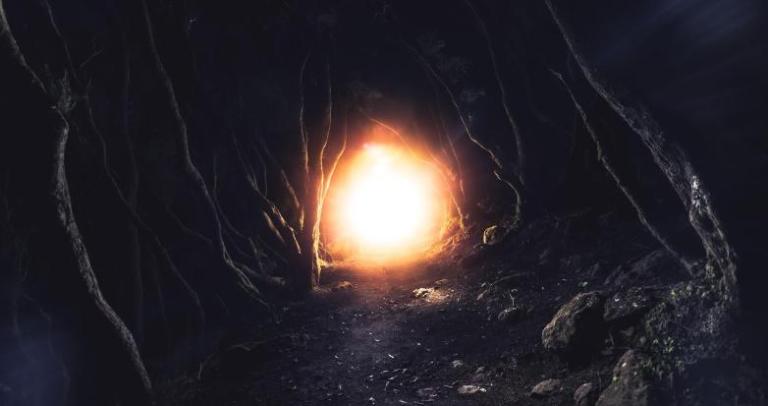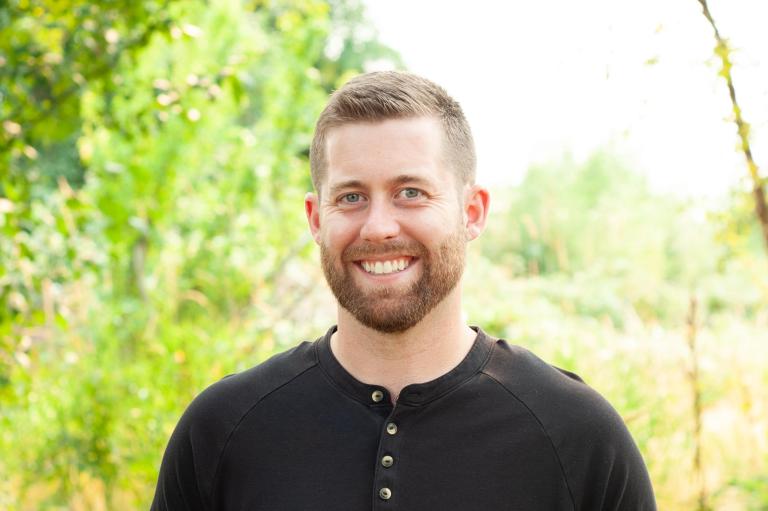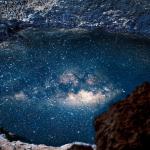
In this post, I am continuing to think about what “healthy religion” might feel like through the lens of Keith Kristich’s recent post on Instagram.
He defined healthy religion in the following ways:
Reconnects you to the Source.
Each faith is a window into God.
Love is its deepest calling.
Inclusive of all people.
Growing loving humans is its purpose.
Inward is its spirituality.
Outward is its action.
Nonduality is its highest teaching.
This is the second of two posts on this topic, covering the final four components. Please read the first post and check out Keith’s work here.
Growing loving humans is its purpose.
Recently while on a Zoom call, a few friends of mine were chatting about all manner of fun topics: death, the meaning of life, church trauma. All the good stuff. And during a lull in the conversation, one of them blurted out: “why do you guys even think we’re alive?!”
For me, the purpose of religion is the purpose of our individual lives: to help others, and ourselves, grow in our capacity to love. To borrow the title of this blog, it is to become and to help others become “faithful questioners and social poets” rooted in love. This is why guilt and shame have no place in religion – and are in fact antithetical to the whole thing!
I think we’re alive to grow loving humans, ourselves included!
As an educator, I think about what growth means a lot – I see high school students grow their minds, expand their perspectives, physically grow taller and taller. I also get to see the stumbling blocks – the things that inhibit growth, especially when it comes to emotional and intellectual growth. So often, growth is stunted because we’ve been taught to believe it’s not possible for us – in schools, we call it a “fixed mindset.”
When healthy religion is tapped into, the outcome is always going to be a growth mindset: an expansive understanding of human potential and the mystery of the Divine’s movement in the world.
So how can we do this? It seems to me that it all starts with learning to sit and listen better: to our inner stories, to others’ stories, to our communities, and to our world. Contemplative prayer and shadow work seem to be essential in deepening our capacity to love.
Inward is its spirituality.
When I was growing up, the image of the Divine I was handed was always up there, out there, and beyond me. God was generally imagined as white, male, and as looking an awful lot like the people in my church community. The vibe I always got was that I needed to act justly, love mercy, and walk humbly – or else this Zeusian figure would be pretty disappointed in me. (In general, this wasn’t an angry god, at least with me: just one with high expectations.)
This “up and out” focus laid a strong foundation for my activism and approach to justice, but it also centered the presence of God in some far, far away land – God quickly became unattainable, inaccessible, and eventually, irrelevant. When I would get hurt and needed support, I learned not to pray to this God for help; my parents and friends were closer.
In the past decade, I’ve found more and more resonance in the spiritual path of descent – that by entering into our own depths and our own stories, we find a Divine presence that is more real and more emboldening than Zeus could ever be. (I’ve recently written about this path through the lens of Teresa of Ávila’s Interior Castle.)
This contemplative path teaches us, through our own experience and validated by Wisdom Teachers, that rather than constantly looking outward for the Divine, we can experience this Divine Presence within us in an intimate and precious way…and by doing that, we can be led with integrity out into the world of action and justice.
Outward is its action.
I’ve written about this teaching from Thomas Merton before and it is absolutely fundamental to my understanding of the connection between contemplation and action; spirituality and communal engagement; the inward and outward journeys.
Merton tells this parable:
In each of us is a spring, an inner body of living water that we may tend to through prayer and reflection. (I would add a few others, including walking in nature.) He calls this the spring of contemplation; it’s the spring of our inner life.
And from it comes a stream, a stream of action: our way of walking in the world. He says as long as the waters of the spring are living and flowing, the stream flows outward too and our actions come from a rooted, spiritually engaged space. There is a connection between our inner life and outer life.
But he also says, if the stream isn’t connected to the spring, our inner spring becomes only a stagnant pool. In other words, if we aren’t active in the world, or if our actions are disconnected from our inner life, our spirituality means little; it becomes nothing but our own personal salvation project.
And if the spring itself isn’t tended to, the stream will then dry up, our actions will become arid and barren, simply a list of to-dos in the face of the overwhelming injustices of the world.
In other words, healthy spirituality and healthy religion cultivate and nurture the inner life, supporting its outward flow. The spiritual life must never be the individualistic life.
How does your spirituality invite you outward into more engagement with the world?
Nonduality is its highest teaching.
Mostly known through Eastern religions, the concept of nonduality is fairly new to the Christian and Western consciousness. And yet, at the same time, it’s not! It has long been fostered in Eastern Orthodox Christianity and through writers such as Meister Eckhart, Thomas Merton, Cynthia Bourgeault, and Richard Rohr.
The basic (super basic) premise is this: we humans generally live our lives with one specific operating system running in our minds. This operating system helps us distinguish good from bad, right from wrong, safe from unsafe, in-group from out-group. It is an evolutionarily developed operating system that helps us survive – a dualistic operating system that is good.
And it has some drawbacks. This same operating system leads us to easily get distracted by ruminating on the past (what happened to me, so that I might be ready for it again) or fantasizing about the future. Its desire for survival leads us to be easily manipulated by materialism, meritocracy, and domination systems. The default operating system likes to have answers, clear boundaries, and a plan to follow.
Think about this in your own life – what does your default operating system judge as good and bad, right and wrong, and so forth? When has this backfired? What is your comfort level with mystery and unknowing?
Healthy religion helps people to develop a nondual operating system, a capacity to experience the world from a place of oneness rather than from judgment. Instead of seeing everything as good or bad, right or wrong, and trying to climb the ladder of domination and survival, a nondual operating system allows us to rest in the current moment, seeing it for exactly what it is, and respond in a loving way.
In Cynthia Bourgeault’s words:
“A nondual operating system perceives from oneness. It doesn’t need to divide the playing field into inside and outside, subject and object, self and other. It captures the whole thing as a seamless whole. I see oneness because I am seeing from oneness. In the West, the core conviction—once you’ve learned to penetrate the teaching so as to be able to see it—is that this new operating system is not carried in the brain alone, but in the brain and with the heart.
…Nonduality is never about belief—because belief is always a mental operation—and always about experience. It’s the experience of direct perception from the heart.”
Developing this operating system almost certainly requires practice – such as Centering Prayer or another intentional discipline. In workshops, I often use this question to help develop this capacity: it is what it is…and how can I be present with it in a loving way? It’s a difficult teaching for us to engage, but it’s certainly a teaching worth engaging.













